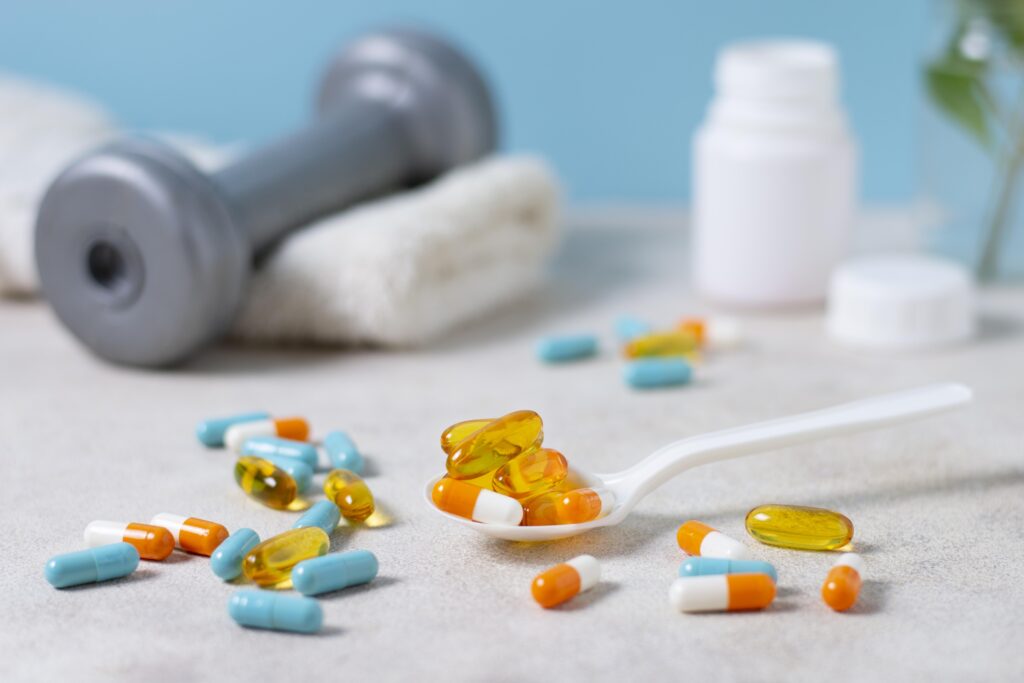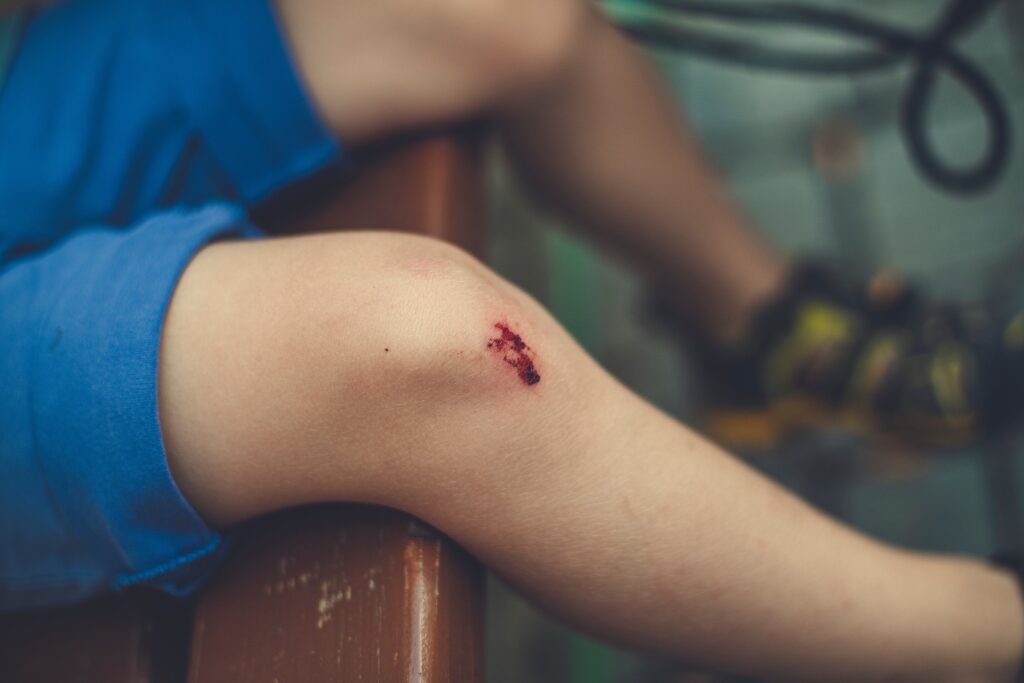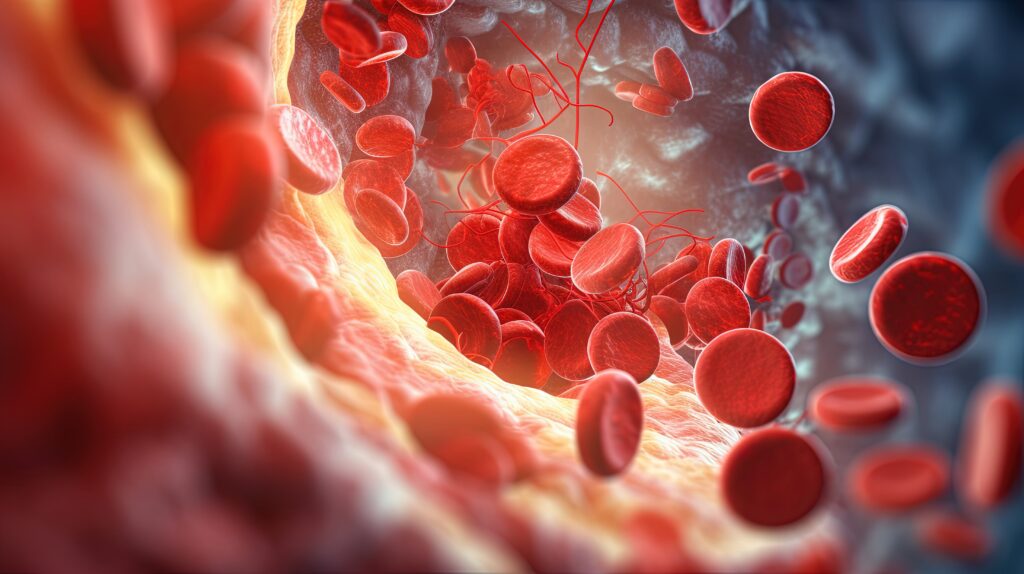A kidney stone is a compacted formation consisting of minuscule crystals. There can be one or several stones present in the kidney or ureter simultaneously.
Table of Contents
What are kidney stone ICD 10
N20.0 is kidney stone ICD 10 code , falls under the category of genitourinary system diseases as outlined by the World Health Organization (WHO).
Kidney stones develop when there is an excess of crystal-forming substances—such as calcium, oxalate, and uric acid—in your urine, surpassing the fluid’s ability to dilute them. Additionally, your urine may lack substances that hinder the aggregation of crystals, leading to an optimal setting for the formation of kidney stones.
Symptoms of kidney stones
A kidney stone typically remains asymptomatic until it starts moving within the kidney or passes into the ureters, the tubes connecting the kidneys and bladder. If the stone becomes lodged in the ureters, it can obstruct urine flow, leading to kidney swelling and ureter spasms, causing intense pain. Symptoms at this stage may include:
- Severe, sharp pain below the ribs in the side and back
- Radiating pain to the lower abdomen and groin
- Waves of pain varying in intensity
- Pain or burninginvolve:
- Discolored urine (pink, red, or brown)
sensation during urination
Additional signs may – Cloudy or unpleasant-smelling urine - Persistent or increased frequency of urination in small amounts
- Nausea and vomiting
- Fever and chills in the presence of infection
Pain associated with a kidney stone may change in location or intensity as the stone progresses through the urinary tract.
Causes of kidney stones
Kidney stones are a prevalent occurrence, with some types having a familial predisposition and even affecting premature infants. The variety of kidney stones depends on their type. Stones can develop when urine contains excessive amounts of certain substances that crystallize over weeks or months.
Calcium stones are the most common, often appearing in men aged 20 to 30. Oxalate, found in foods like spinach and vitamin C supplements, is a common contributor. Diseases of the small intestine can elevate the risk of these stones.
Calcium stones may also result from combining with phosphate or carbonate.
Other stone types include:
- Cystine stones, associated with the genetic disorder cystinuria, affecting both genders.
- Struvite stones, typically found in individuals with recurrent urinary tract infections.
- Uric acid stones, more prevalent in men and linked to conditions like gout or chemotherapy.
Certain medications and insufficient fluid intake, leading to the production of less than 1 liter (32 ounces) of urine a day, pose significant risks for kidney stone formation.
Who is at more Risk?
Kidney stones can affect anyone, although certain factors increase the likelihood. Men are more prone to kidney stones than women, and non-Hispanic white individuals have a higher incidence than those of other ethnicities.
Being overweight or obese elevates the risk of developing kidney stones, and lifestyle factors, including diet, play a significant role in their formation. These factors should be taken into account when addressing symptoms and making a diagnosis.
When should you consult your Doctor?
Reach out to your healthcare provider if you experience symptoms of a kidney stone:
Persistent and intense pain in your back or side
Presence of blood in your urine
Fever accompanied by chills
Episodes of vomiting
Foul-smelling or cloudy urine
A sensation of burning during urination
In case of a diagnosed stone-related blockage, confirmation of passage is necessary, either through collection in a strainer during urination or follow-up x-ray. Being free of pain doesn’t guarantee that the stone has successfully passed.
How to diagnose?
The healthcare provider will conduct a physical examination, checking for soreness in the abdominal or back areas.
Diagnostic tests may include:
- Blood tests to assess calcium, phosphorus, uric acid, and electrolyte levels
- Kidney function tests
- Urinalysis to identify crystals and detect red blood cells in urine
- Examination of the stone to determine its type
Imaging methods such as: - Abdominal CT scan
- Abdominal x-rays
- Kidney ultrasound
- Retrograde pyelogram
can reveal the presence of stones or blockages.
Treatment of kidney stones
The treatment approach depends on the stone type and the severity of symptoms.
Small kidney stones often pass naturally but should be strained from urine for testing.
To facilitate stone passage, drink 6 to 8 glasses of water daily, promoting increased urine production. Over-the-counter pain relievers like ibuprofen, naproxen, or narcotics can help manage pain.
Severe cases may require hospitalization for IV fluid administration. Medications like Allopurinol (for uric acid stones), antibiotics (for struvite stones), diuretics, phosphate solutions, sodium bicarbonate, sodium citrate, and tamsulosin may be prescribed.
Surgery becomes necessary if the stone is too large, growing, causing blockages, or if pain is uncontrollable. Modern treatments are minimally invasive:
- Lithotripsy uses sound or shock waves to break up smaller stones in the kidney or ureter.
- Procedures involving a small incision in the back (nephrolithotomy) are employed for larger stones.
- Ureteroscopy, using a laser to break up stones, is suitable for lower urinary tract stones.
Open surgery (nephrolithotomy) is rarely needed, reserved for cases where other methods are unsuccessful or impractical.
Prevention
For individuals with a stone history:
Ensure adequate fluid intake (6 to 8 glasses of water daily) to maintain sufficient urine production.
Depending on the stone type, medication or dietary adjustments may be recommended.
Your healthcare provider might conduct blood and urine tests to identify appropriate preventive measures.
Home remedies
Some individuals attempt home remedies like apple cider vinegar, pomegranate juice, and dandelion tea to address kidney stones, although these methods lack clinical proof of stone dissolution. For those experiencing or aiming to prevent kidney stones, consider the following:
- Stay Hydrated: The most effective home remedy is increased water intake, aiming for at least 12 eight-ounce glasses daily to facilitate stone passage.
- Use a Strainer: Catch the stone in a strainer for examination after it passes, and maintain hydration afterward to prevent further stones.
- Limit Dehydrating Drinks: Reduce consumption of coffee, tea, alcohol, and soda to avoid dehydration, favoring water for stone prevention.
- Lemon Juice: Incorporate lemon juice containing citrate, known to aid in breaking up small stones and preventing stone formation.
- Pain Relief: Over-the-counter pain relievers like ibuprofen, acetaminophen, or naproxen can alleviate discomfort as per package instructions.
- Reduce Salt Intake: Cut back on salty foods, adhering to CDC recommendations of less than 2,300 mg of sodium daily, or limit to 1,500 mg for those prone to kidney stones.
- Moderate Animal Protein: Lower your risk by replacing some animal protein with plant-based alternatives like beans, edamame, and tofu.
- Balance Calcium and Oxalate: Adjust your diet if prone to calcium oxalate stones, including appropriate amounts of calcium-containing foods to prevent oxalate from forming stones in the urine.
These measures, while not an immediate solution for passing stones, contribute to stone prevention and overall kidney health. - Green Tea and Kidney Stones: Green tea has been shown to be effective in preventing kidney stones. The extracts in green tea can help prevent the formation of these stones. Even if you already have kidney stones, green tea can aid in their removal, making it a beneficial addition to your diet for kidney health.
Conclusion
In conclusion, kidney stones can be a painful and challenging condition. Understanding the factors that contribute to their formation, such as dehydration, diet, and genetics, is crucial. Seeking medical advice for diagnosis and appropriate treatment is essential, especially if symptoms like severe pain, blood in urine, or fever arise. While home remedies like increased water intake and dietary adjustments may offer some relief or aid in prevention, it’s important to note that individual responses vary. For persistent or severe cases, consultation with a healthcare professional is recommended to determine the most suitable course of action. Overall, maintaining hydration, adopting a balanced diet, and staying mindful of lifestyle choices contribute to kidney stone prevention and overall urinary health.



